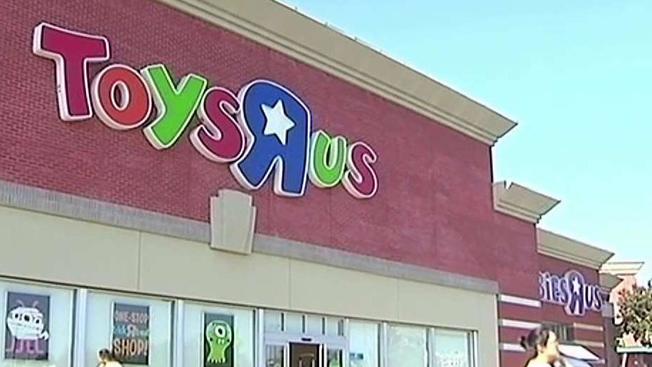IRVINE, CA—With institutional capital pulling back from the single-family rental market in recent months, the question of its future in this market remains. RealtyTrac has released a new report that studies the markets where Wall Street has invested the most in single-family rentals and predicts in which of those markets institutional investors are likely to remain in the near future.
Daren Blomquist, VP of RealtyTrac, tells GlobeSt.com, “Some of the markets that were originally darlings of the single family rental operators have fallen out of favor in part because of new construction that will now compete with the existing single-family rentals, but also because of rising prices that make acquisition costs much higher and therefore returns less attractive. These markets include parts of California as well as even markets such as Phoenix and Las Vegas and to a certain extent Atlanta.”
RealtyTrac's report is a follow-up to an analysis the firm did last month on where institutional capital was likely to cash out of in the single-family rental market. As GlobeSt.com reported in December, institutional investors have played a significant role in the residential real estate market recovery, buying up distressed single-family homes and either flipping and selling them or renting them out for profit. But the percentage of institutional investors in the single-family residential market has been dwindling recently, and with home prices rising significantly some institutional investors may feel it's time to cash out of the market, according to RealtyTrac.
For the new report, RealtyTrac analyzed nearly 9.6 million sales of single-family homes from January 2012 to October 2014 and of those nearly 500,000 that sold to institutional investors to identify where they purchased the most single-family homes. The report also identified where the four biggest institutional investors backed by Wall Street and private equity have purchased the most and are most likely to be landlords of single-family homes—at both the county and zip-code levels. Those top-four investors are Invitation Homes (backed by Blackstone), American Homes 4 Rent, Colony American Homes and Fundamental REO.
The analysis found that most of these homes were bought in parts of Seattle; Charlotte, NC; Phoenix; Atlanta; Tampa; Cincinnati; Raleigh, NC; Houston; Denver; Columbus, OH; Sarasota-Bradenton, FL; Chicago; and Winston-Salem, NC. Among the 2,490 zip codes nationwide with at least one single-family purchase by the top four institutional investors between 2012 and 2014, the top-50 zip codes with the highest percentage of purchases by the four largest institutional investors were in those metro areas.
According to Andre Mazur, a broker at RE/MAX Alliance, covering the Denver market, the prevalence of institutional investors in the single-family rental market could be harmful to the American Dream. “While in the short term, this might seem good for the health of the housing market and current homeowners enjoying their equity grow, in the long run it will impact the neighborhoods where there are a higher number of rental properties. Because of the transient nature of rental property, this might lead to communities that don't connect and flourish as well as at the expense of corporate America making even more money. The practice of large investment companies buying up real estate is at the expense of the American Dream to own your own home.”
But Michael Beck, a spokesperson for the National Rental Home Council, tells GlobeSt.com, counters this theory, saying that single-family renters are not harmful to the American Dream. “Our members represent the largest institutional owners of single-family rental homes in the US, and their goal is, and has always been, to build a long-term, sustainable industry that professionalizes the traditionally fragmented single-family market much the same way the multifamily market was transformed over 30 years ago,” he tells GlobeSt.com. “Our members provide high-quality housing alternatives to families who may not want or be able to purchase a home. Our residents are good neighbors and upstanding members of the community, helping to build stable neighborhoods. Recent studies have shown a growing percentage of renters are families who typically stay in their homes for an average of five years, and we've heard from residents that they're active participants in their communities, sending their children to local schools, getting involved with their HOAs, coaching little league and volunteering with local civic organizations and projects among other engagements.”
For a county-level heat map showing the share of single-family home purchases made by institutional investors each year from 2012 to 2014, click here. For a visualization of the top-25 counties in terms of share of purchases by the top four investors, click here. For a visualization of the top-50 zip codes in terms of share of purchases by the top four investors, click here.
© 2025 ALM Global, LLC, All Rights Reserved. Request academic re-use from www.copyright.com. All other uses, submit a request to [email protected]. For more information visit Asset & Logo Licensing.







